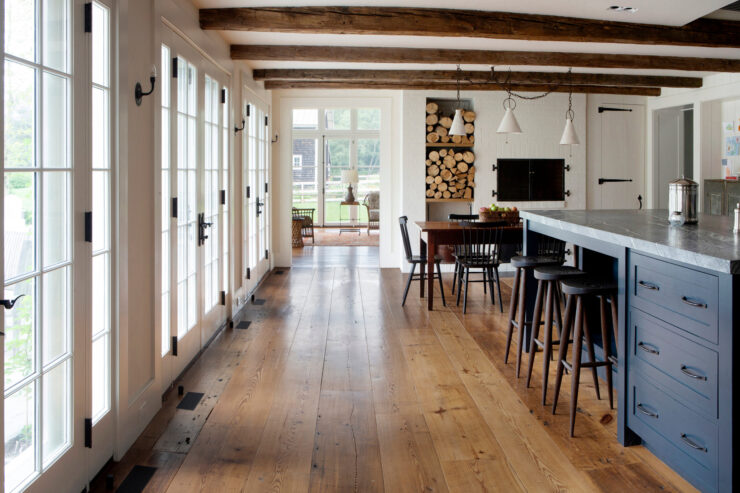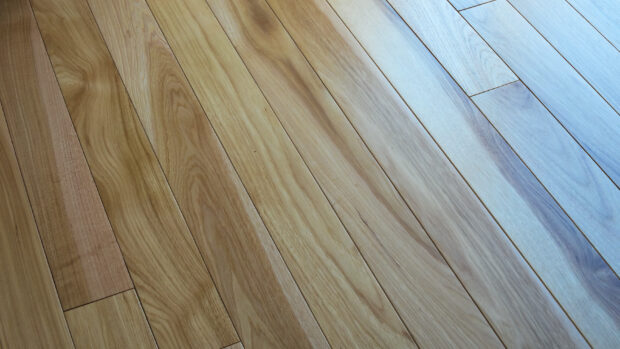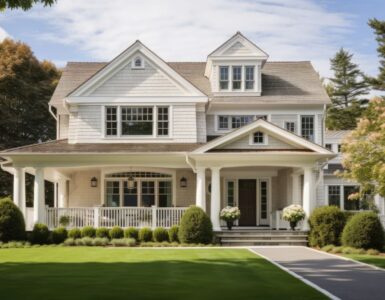Whether you’re building a new house or doing a remodel, selecting the right wood species for hardwood flooring is an important decision.
Not only will the type of wood make a difference in terms of its visual appeal, but it can also play a role in how well your floors will hold up over time. Different species react differently to various environmental situations, so it is important to consider both aesthetics and durability when making your selection.
Oak
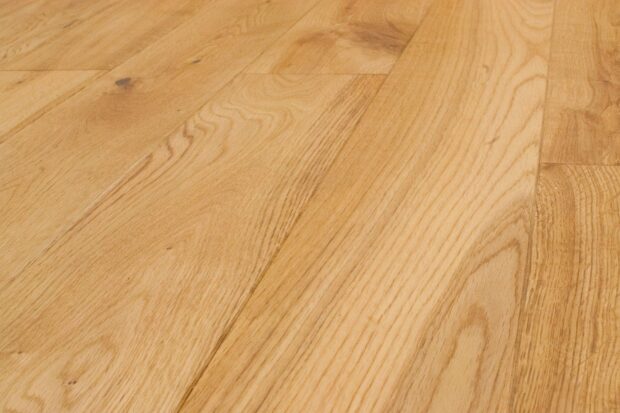
Oak is one of the most popular wood species for hardwood floors, most notably due to its strength and durability. Oak is available in a variety of shades and colors, making it a versatile option for any home. It is also revered for its timeless aesthetic, making it a classic choice in any household.
Here are some of the most commonly used species for hardwood flooring:
White Oak: The most popular oak for flooring, white oak is valued for its durability and resistance to wear and tear. It has a light tan color with noticeable grain patterns that bring depth to its appearance. White oak is also quite resistant to moisture and bacteria.
Red Oak: A reddish tint distinguishes red oak from other types of wood flooring. Red oak planks have coarse graining with a combination of gold browns and coppers that give your space an elegant look. It is a softer wood than white oak; however, it can still stand up to normal wear and tear in your home over time.
Maple
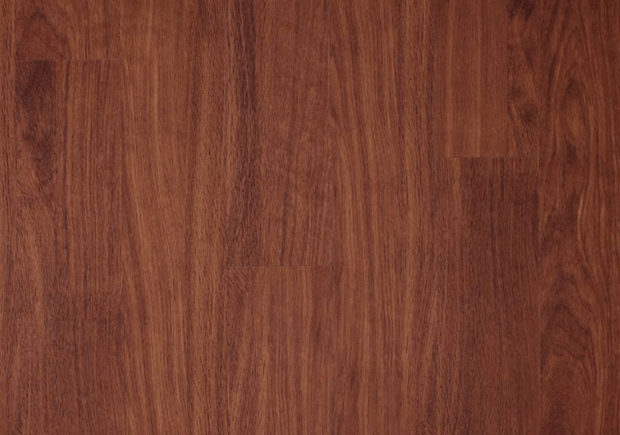
Maple is one of the most popular wood species used in hardwood flooring and is an ideal choice for a classic, timeless look. It is hardwood, meaning it is denser and more durable than many other types of wood. Maple also takes stains easily and accepts almost any finish.
This makes it a great choice for any room in the house – from the living room to the bedroom. When choosing maple for your hardwood floors, there are several species to know about, including:
- Red Maple (Acer rubrum): As its name implies, Red Maple has pinkish-red undertones that become more vibrant after being stained. It’s also among the most affordable maple species available and is quite durable. Additionally, it’s been certified by the Forest Stewardship Council as being sustainably harvested.
- Hard Maple (Acer saccharum): This maple species comes in two varieties—sugar and rock—and usually has a creamy white hue with occasional brown or reddish streaks. Harder than Red Maple, it is highly resistant to denting and abrasion but can be difficult to stain evenly due to its grain pattern. This can be rectified with careful sanding before you start staining for the best results.
- Silver Maple (Acer saccharinum): Silver Maple provides an elegant paleness perfect for country homes or high society interiors as it takes on a unique grey cast when exposed to sunlight over time. Its relatively soft wood is more prone to scratches and dents; however, this can add character over time if left unsealed or varnished so that it won’t look too polished or pristine even with heavy use over time.
Walnut
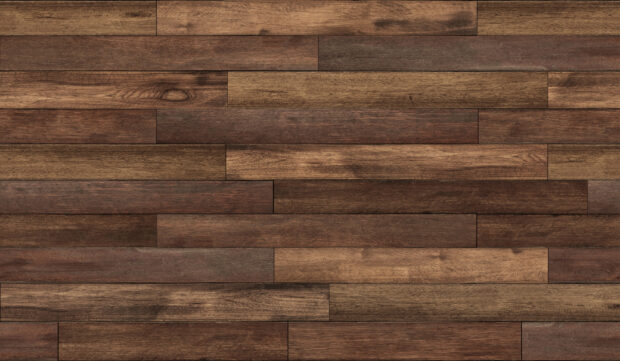
Walnut is a popular hardwood species for flooring due to its dark color and subtle grain pattern. Its dark color gives a rich, elegant look that can be further enhanced with a glossy finish. It is also noted for its durability, making it an ideal choice for long-term wear and tear. Furthermore, it is resistant to fading, making it an excellent fit for any room in your home.
This wood’s rich hues are variable, ranging from light brown to almost black in color, along with some grain streaks. The species of walnut wood has two distinct types — American Black Walnut and European English Walnut.
American Black Walnut is best known for strength, durability, and character. This type of walnut is the darkest of the two varieties, boasting a deep dark hue that can range from chocolate brown to nearly black if left untreated or finished with natural oils. It also features dramatic grain patterns – which can range from wavey stripes down to beautiful curly grain – giving each board a unique character in every plank.
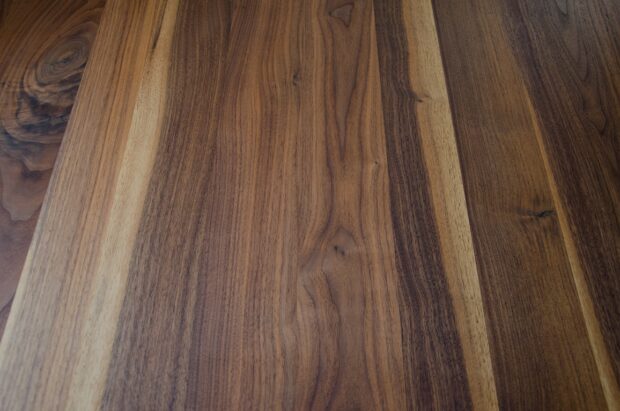
European English Walnuts have a yellow-brown heartwood color with irregular darker veins across the grain, giving each piece an impressive look when combined into larger areas. These pieces generally contain less ‘wild” pattern than their American counterparts, but they still maintain boldness enough to make each piece one of a kind within any installation project.
Cherry
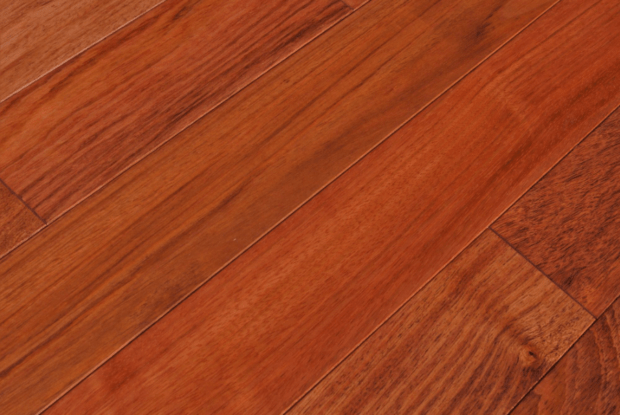
Cherry is a medium-hard to hardwood species and is popular among homeowners for its warm reddish coloring. It is also known for its glowing luster, which allows it to take on a variety of beautiful hues when finished properly with the right stain. Cherry wood flooring is available in many varieties, with each offering unique grain patterns and color characteristics.
The following are some of the most common cherrywood species used in flooring:
- Black Cherry (Prunus serotina) – The heartwood of black cherry ranges from deep red to purplish-brown in color and has an outstanding figure.
- American Cherry (Prunus avium) – Also known as ‘cherry mazzard’, American cherry has a reddish or pinkish hue that darkens over time. It shares many characteristics with Black Cherry, including its outstanding figure and color transformation over time.
- Sap Cherry (Prunus emarginata) – Sap cherry has an almost entirely pink hue that darkens slightly upon finishing and matures into deep mahogany tones over time. It provides excellent elasticity which makes it ideal for busy households who need a hard-wearing flooring material that can stand up to wear and tear.
Hickory
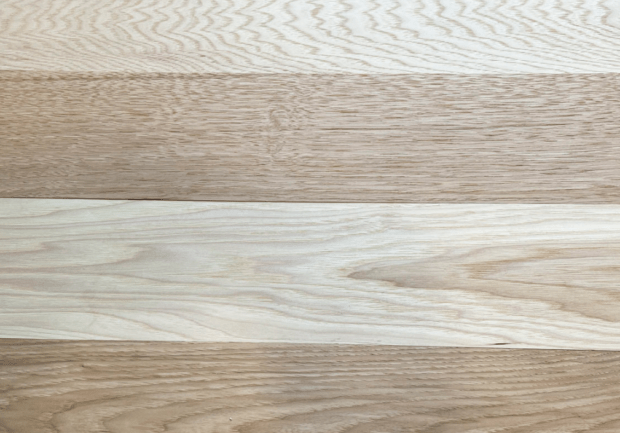
Hickory, scientifically known as Carya, is a hardwood that comes from various species of trees in the family Juglandaceae. It is one of the hardest (and strongest) materials used for flooring, which makes Hickory a great option for high-traffic areas.
One of the most noteworthy characteristics of Hickory wood is its rather dramatic grain pattern — even more than most other hardwoods — although the appearance can vary depending on the species used.
- Shagbark Hickory: This species has the highest color variability among other types of Hickories. Heartwood can range from golden tan to reddish brown, while sapwood usually stays creamy white with no visible grain patterns or streaks.
- Shellbark Hickory: This type has similar characteristics as Shagbark regarding color, but tends to have darker shades between golden and dark brown tones with a more pronounced grain pattern that adds interest and visual depth to your floors. Its apricot-colored sapwood further enhances your design with contrast when lighter-colored finishes are applied over it like whitewashing or liming waxes for an aged look or antique feel ceiling.
Source: flooringstores.com - Pignut Hickory: This variant falls somewhere in between both varieties mentioned above as it offers medium brown tones featuring some amber undertones in both its heartwood and sapwood sections giving it that silvery gray sheen if you want to opt for light gray stain colors like slate gray or gunmetal grey finishes for those looking for a rustic yet modern touch in their houses’ design schemes.
- Bitternut Hickory: The last variety listed here closely resembles Pignut except it usually has more golden tan coloring mixed within its blackish shades, especially when talking about just one individual board instead packing this combo across several focusing more on the lighter side unlike shag bark mixture usually showcasing few deeper notes compared these other two categories making good balance while adding toned down versions modern aesthetics.
Conclusion
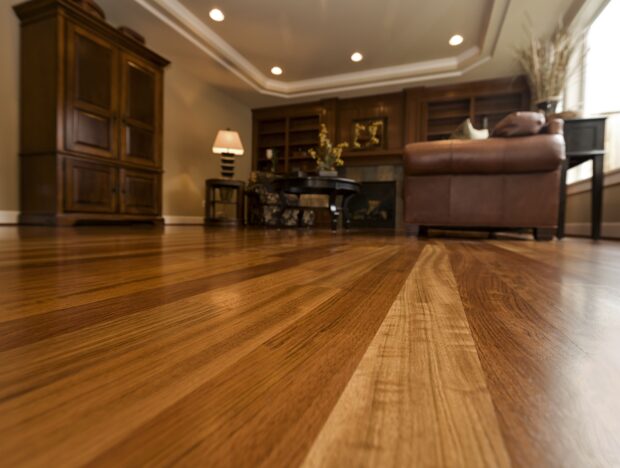
In conclusion, choosing the right hardwood species for your flooring requires careful consideration. Make sure to factor in factors such as hardness, level of maintenance needed, cost, environmental impact, and personal aesthetic to find the right species for you.
With so many options available, it is wise to research each type before making any decisions. Each species offers its own unique benefits and drawbacks and should be evaluated individually in order to make the best decision. Working with a knowledgeable flooring retailer can ensure that you find an option that fits your needs and preferences perfectly.

